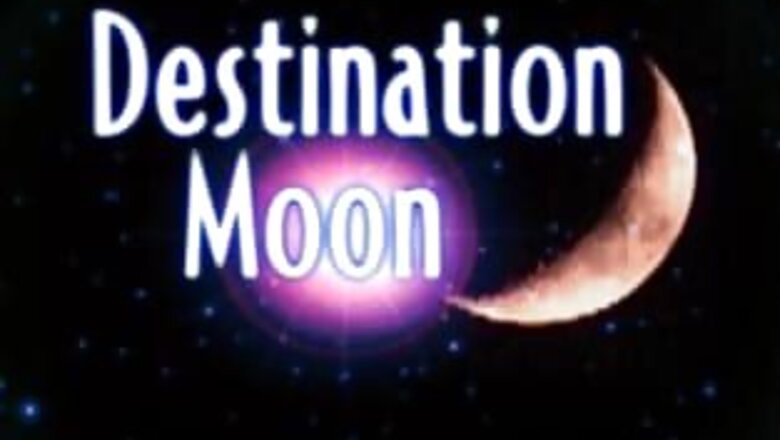
views
Bridgeport: On Friday morning, the Discovery Museum will have ringside seats for a 'punch' that will be delivered to the moon. That is, if you consider 'ringside' about one-quarter million miles.
In a search for water on the dusty, rocky orb, NASA plans to crash a rocket into the moon's south pole. Scientists hope the impact of the crash will loosen the lunar surface to the extent that it could reveal water molecules.
The unmanned mission is called LCROSS, for Lunar Crater Observation and Sensing Satellite, and observation sites to view a live feed of the crash have sprung up across North America.
One of those sites -- the only one in Connecticut -- is the Discovery Museum, 4450 Park Ave. The museum will open at 0700 hrs (local time) Friday, and the rocket is scheduled to hit the moon at about 0730 hrs.
The local program also will include a brief lecture by astrophysicist David Mestre, the museum's space science director.
The event is free, and there will even be breakfast foods available.
People living in the Pacific time zone, where it will be nighttime at the moment of impact, should be able to see the crash with a medium-size amateur telescope, according to NASA.
Although water is common in the solar system, the moon doesn't have much of it. In 1994, the NASA lunar spacecraft, Clementine, discovered scanty evidence of water on the moon's surface, probably the result of impact by comets over the eons. Comets are made of water ice and bits of rock.
Most of this water drifted off into space, owing to the moon's airless environment, combined with its low surface gravity. But it's believed that at the lunar poles, in valleys that remain perpetually in shadow, icy deposits might still be there.
Although Earth's moon was shortchanged in the water department, many of the moons of Jupiter and Saturn are covered with water ice, which lies over huge oceans, sometimes hundreds of miles deep. For example, Jupiter's Europa, which is a little smaller than Earth's moon, is about 50 percent water and water ice. Jupiter's Callisto and Ganymede also are about 50 percent water and ice.
And some of Saturn's moons, particularly Tethys, might be composed almost entirely of water and ice. Dione, another Saturnian moon, is about two-thirds water and ice, NASA says.
Free moon crash viewing The Discovery Museum on Friday hosts a live feed of a crash landing by a NASA rocket into the moon. The free screening is open to the public, beginning at 0700 hrs (local time). The museum is at 4450 Park Avenue. For more information, call 203-372-3521 or visit the official website of discoverymuseum.org.













Comments
0 comment